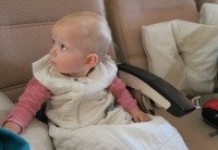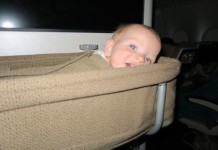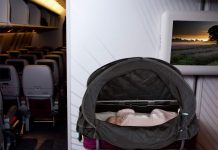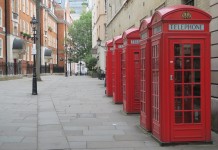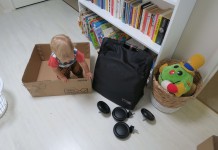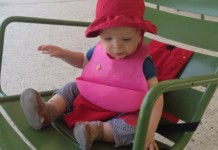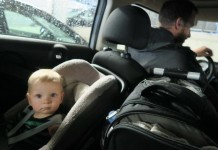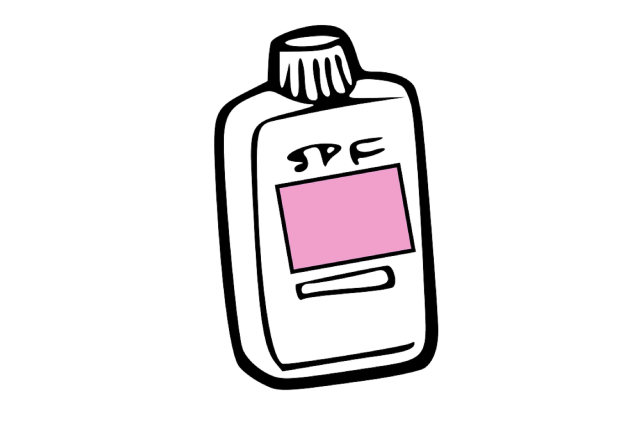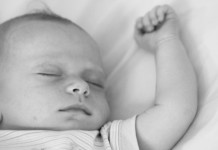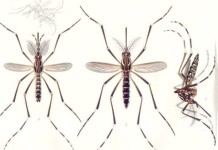Sunscreen for babies? It’s a tricky necessity. Here’s what you need to consider.
Infants and ‘sun exposure’ don’t mix.
Experts recommended avoiding exposing babies younger than 6 months to the sun. Instead, in those early months in particular, aim to keep your baby in the shade wherever possible to avoid their delicate skin burning.
A hat should also be mandatory from early on when outdoors. Australians will be used to this: schools have a ‘no hat no play’ policy, and if you’re a parent of a certain age, you likely grew up indoctrinated by the catchy jingle “Slip slop slap” (Slip on a shirt, slop on sunscreen and slap on a hat). When bub is little, they’re less likely to pull their hat off, but by the time they’ve hit one, you’ll probably be desperately searching for hats with straps and toggles (so they are harder to pull off). Given that hats are so important in hot countries when kids are outdoors, it pays to start the (somewhat tedious) “no hat, no play” rule early at home. That way by the time they are a toddler, it’s normalised (and far less hassle for you!).
How do you keep a mobile baby in the shade?
With great difficulty! Those first six months are easy in this regard, but around the point your baby begins moving keeping them contained in the shade proves far less practical. Welcome to the next ten to twenty years of being the sunscreen enforcer of the family: a boring but necessary evil to keep everyone safe.
Sunscreen for babies: which is best?
So what sunscreen is suitable for a baby under one? Many people believe that you shouldn’t use any sunscreen at all on a baby under six months old. If you’re keeping them in the shade (as we’ve said – easy to do if they aren’t yet mobile) and use shade cloths like muslins when you’re out and about in the sun (and yes, hats), this isn’t a bad idea. You don’t really want to be lathering chemicals on a young baby’s skin if you don’t need to.
So, the question really is – what’s the best sunscreen for babies from 6 to 12 months of age?
Here are some suggestions from parents.
More “natural” options:
Wot Not. An Australian brand – it’s natural (zinc based) and works well. Downsides? It does have a thick, paste like feeling, is hard to squeeze out of the tube and feels oily. Buy at health food stores, or some chemists.
Moo Goo is another popular natural sunscreen brand (zinc based). We love that on their website they proactively list all the ingredients and explain what they are and do.
Little innocents – buy at supermarkets (Woolworths if you’re in Australia).
Milk and CO – buy at supermarkets (Woolworths if you’re in Australia)
Arbonne does an “ABC Sunscreen” which is mineral based. Buy from an Arbonne consultant.
Traditional sunscreen options (ie: more chemicals) :
Cancer Council sunscreens are well regarded in Australia for sun protection. They do a kids range which is specially formulated and dermatologically tested for delicate skin.
Remember, no sunscreen works if you don’t apply it! And reapply. We know, sooooo boring. But so important. Happy summer holidays!

